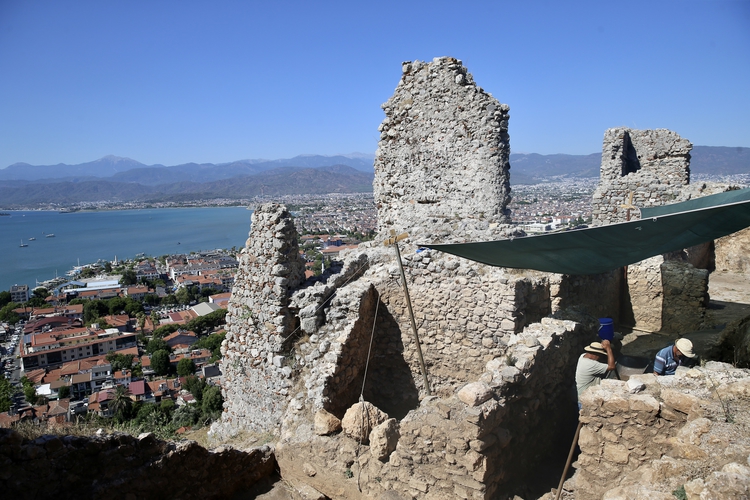
Byzantine-Era Chapel to Be Restored at Historic Fethiye Castle in Türkiye
An ancient chapel dating back to the Byzantine period has been uncovered during ongoing archaeological excavations at Fethiye Castle in Muğla, southwestern Türkiye. Restoration efforts are now underway to preserve the structure and open it to visitors.
Excavations Continue on the Lower Slopes of the Castle
The archaeological work is being carried out in the Kesikkapı neighborhood, under the supervision of the Turkish Ministry of Culture and Tourism. The project is also supported by the Muğla Governorship, Fethiye District Governorship, Fethiye Municipality, and Fethiye Museum, as part of the Heritage for the Future initiative. Academic oversight is led by Prof. Dr. Kadir Pektaş.
This year, researchers focused on both the upper and lower sections of the castle. In the lower area, a small-scale chapel believed to belong to the Middle Byzantine period was revealed, along with surrounding burial remains.
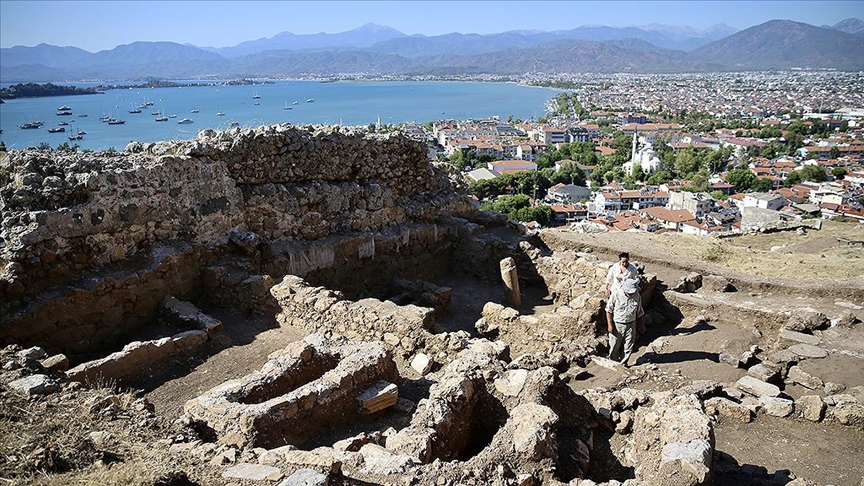
A Scenic and Strategic Location
Perched on a slope overlooking the Fethiye Gulf, the chapel stands adjacent to the castle’s lower defensive walls. “It’s a modest-sized structure, but given its position and architectural style, we anticipate discovering additional sections as the excavation expands,” said Prof. Pektaş.
📣 Our WhatsApp channel is now LIVE! Stay up-to-date with the latest news and updates, just click here to follow us on WhatsApp and never miss a thing!!
Byzantine-era graves were also identified around and within the chapel, suggesting the site held spiritual or ceremonial significance.
Two human skeletons were also found in the area, though initial findings indicate there was no formal cemetery.
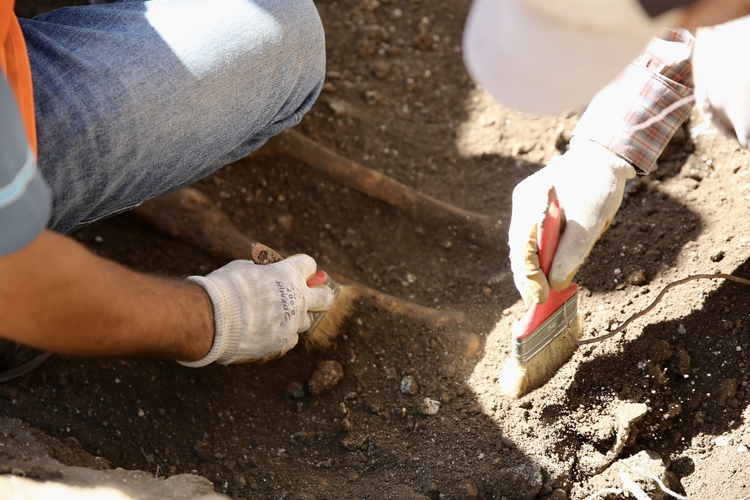
Restoration and Visitor Access Planned
Once the excavation is complete, the chapel will undergo conservation and be added to the site’s visitor route through a planned landscaping project. “Our aim is to restore the chapel and make it accessible to visitors as part of a walking route that blends history and scenery,” Pektaş explained.
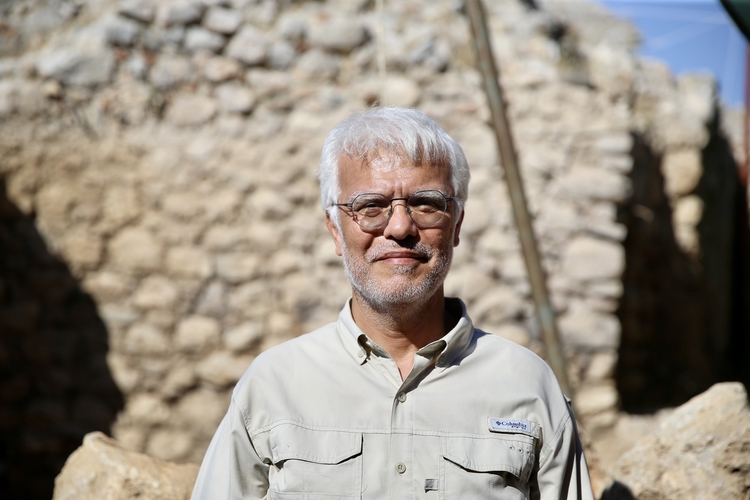
Fethiye Castle Set to Become a Cultural Landmark
Additional finds in the upper areas of the castle include architectural remains from the Menteşe Beylik and Ottoman periods. Restoration of these sections, along with environmental enhancements, is expected to transform the castle into a key cultural and historical attraction in the heart of Fethiye.
Prof. Pektaş emphasized that, once completed, the site will offer a unique experience for tourists by combining panoramic views with rich historical depth.
Cover Image Credit: Ali Rıza Akkır/AA
You may also like
- A 1700-year-old statue of Pan unearthed during the excavations at Polyeuktos in İstanbul
- The granary was found in the ancient city of Sebaste, founded by the first Roman emperor Augustus
- Donalar Kale Kapı Rock Tomb or Donalar Rock Tomb
- Theater emerges as works continue in ancient city of Perinthos
- Urartian King Argishti’s bronze shield revealed the name of an unknown country
- The religious center of Lycia, the ancient city of Letoon
- Who were the Luwians?
- A new study brings a fresh perspective on the Anatolian origin of the Indo-European languages
- Perhaps the oldest thermal treatment center in the world, which has been in continuous use for 2000 years -Basilica Therma Roman Bath or King’s Daughter-
- The largest synagogue of the ancient world, located in the ancient city of Sardis, is being restored

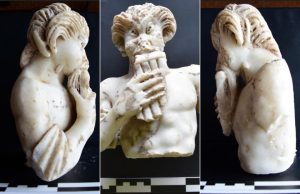
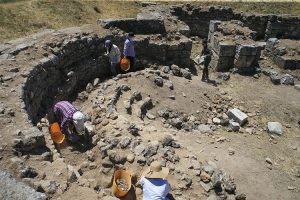
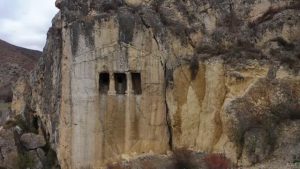
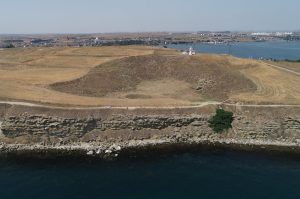
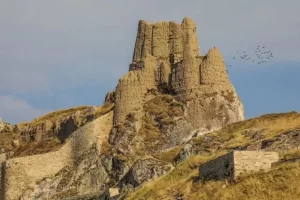
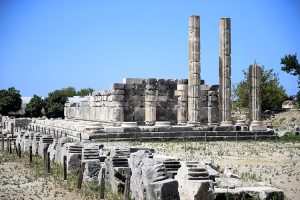


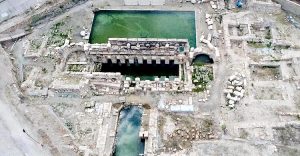
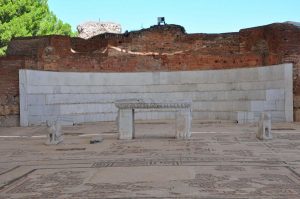
Leave a Reply